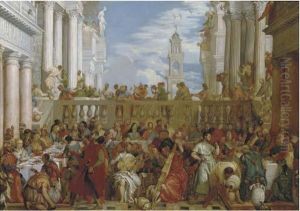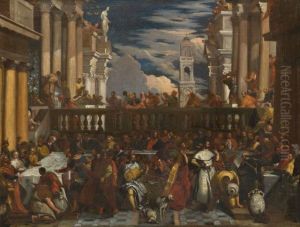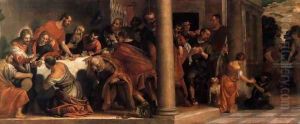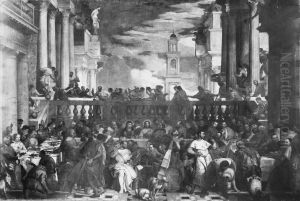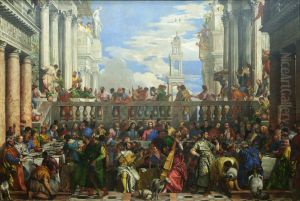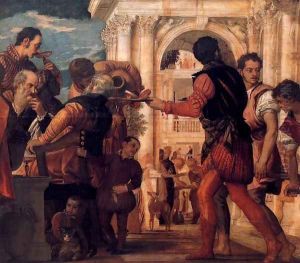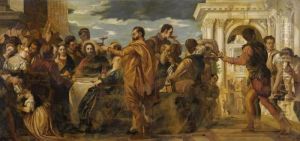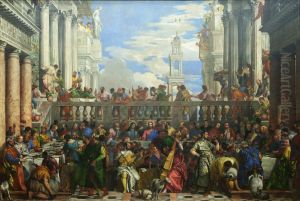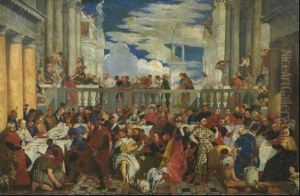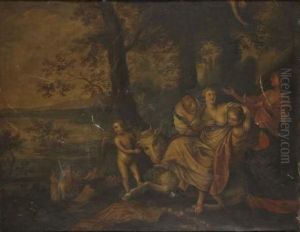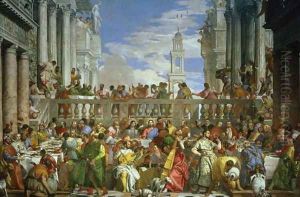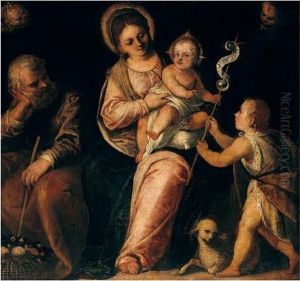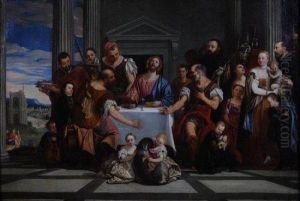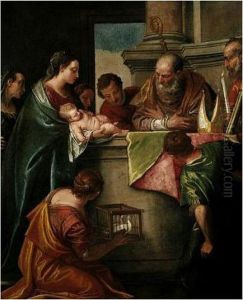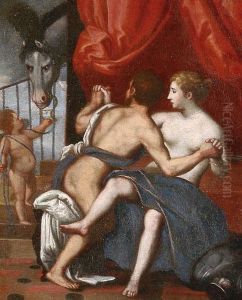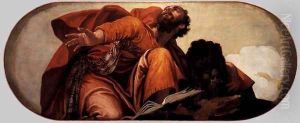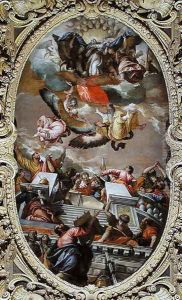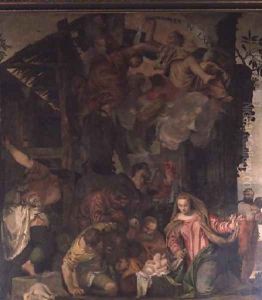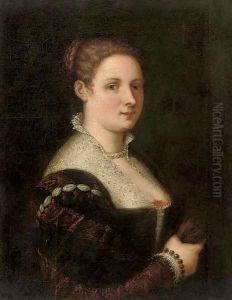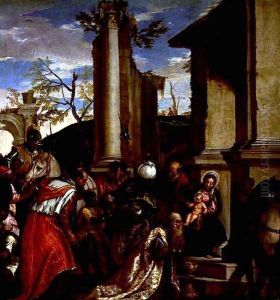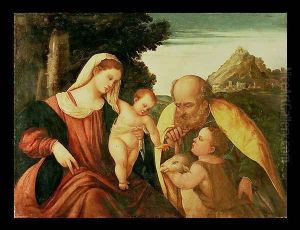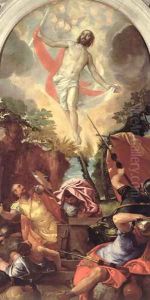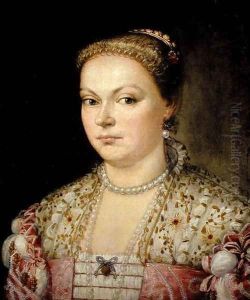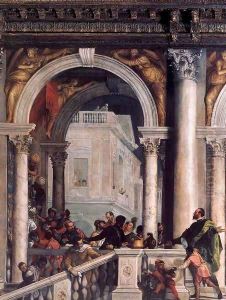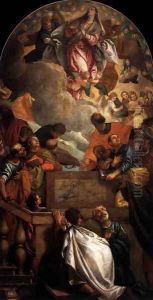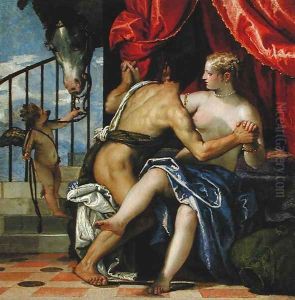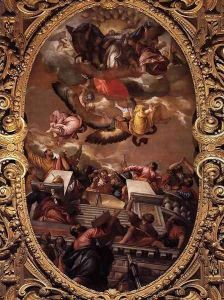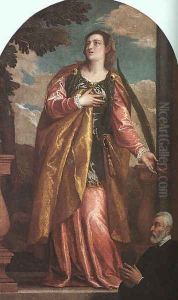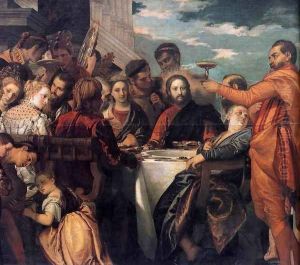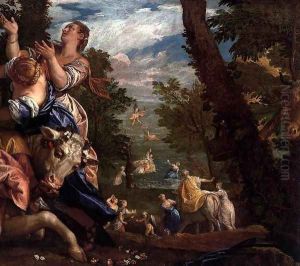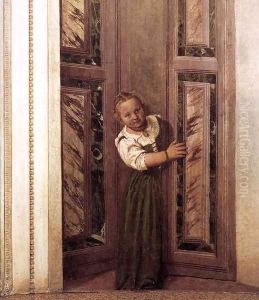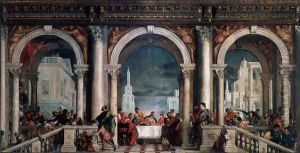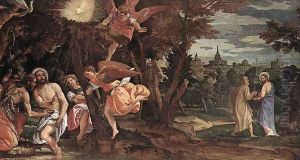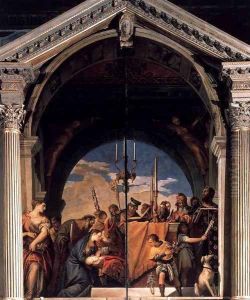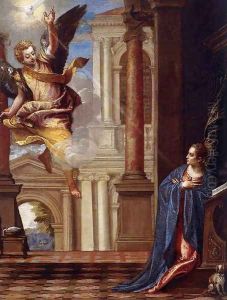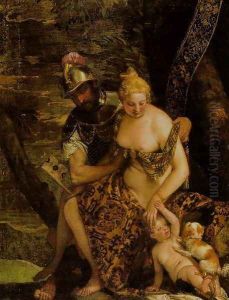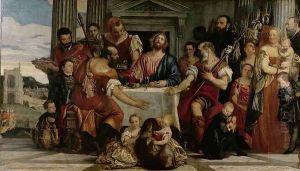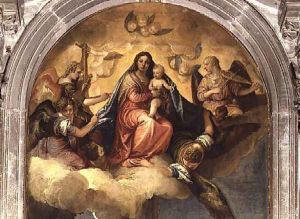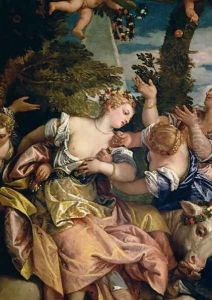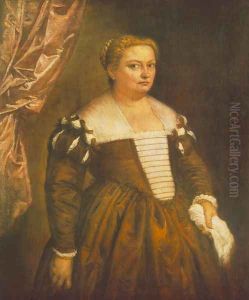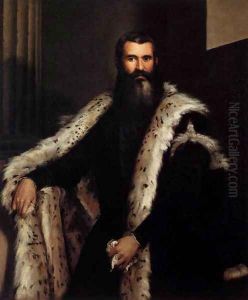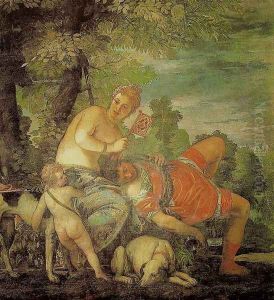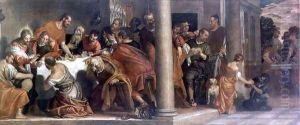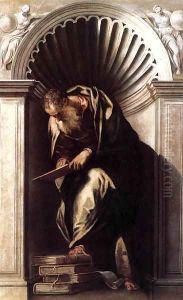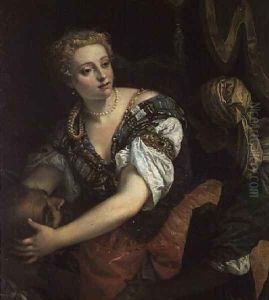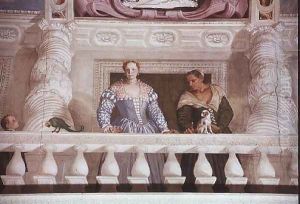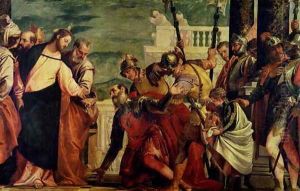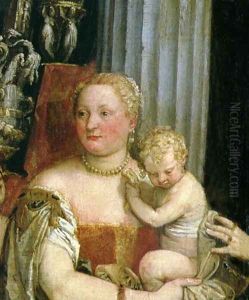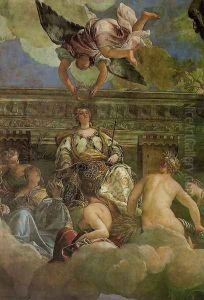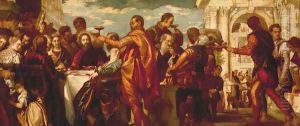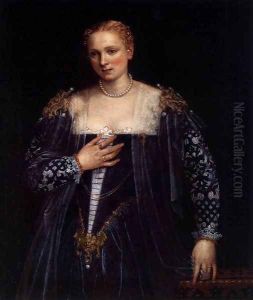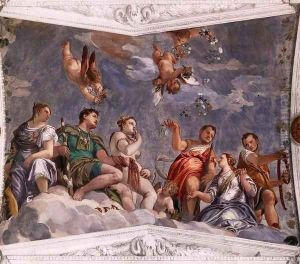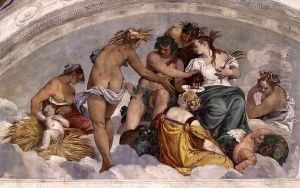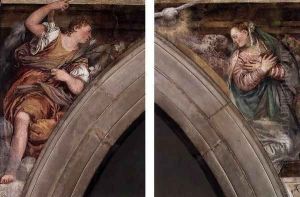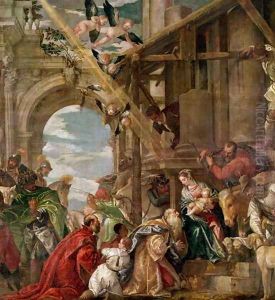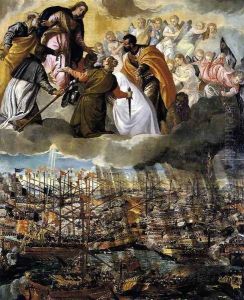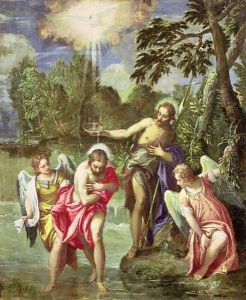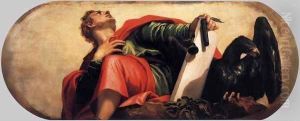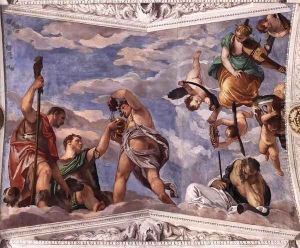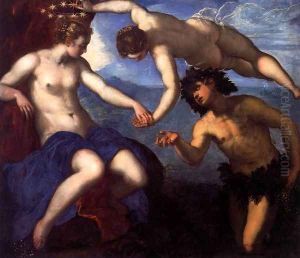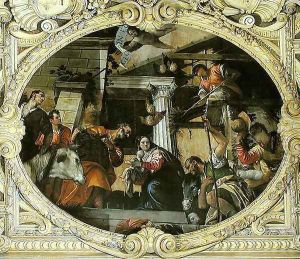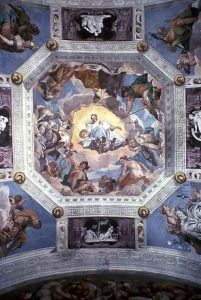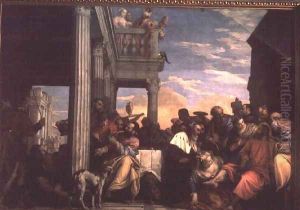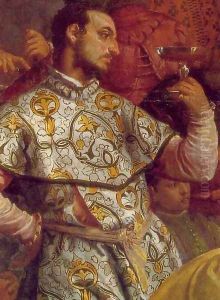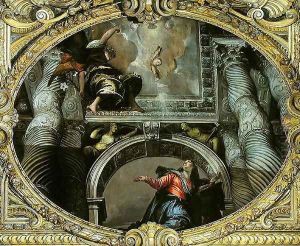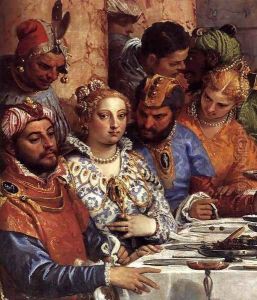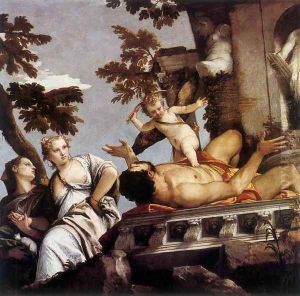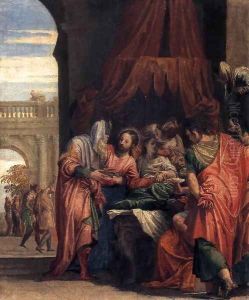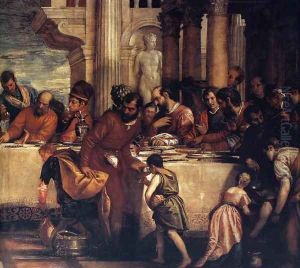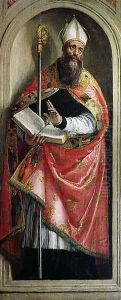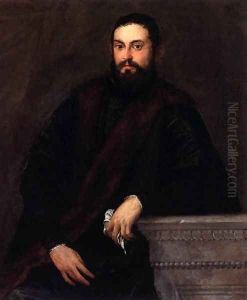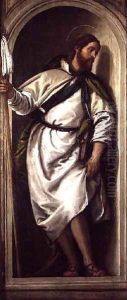Paolo Veronese (Caliari) Paintings
Paolo Veronese, born Paolo Caliari, was an Italian Renaissance painter known for his grand historical and mythological compositions, full of rich color and dramatic lighting. Born in 1528 in Verona, Veneto, he was later named after his birthplace. Veronese's early training was in the workshop of Antonio Badile, and he was also influenced by the work of other local painters such as Giovanni Francesco Caroto.
Veronese moved to Venice in his early twenties and quickly established himself as one of the leading painters in the city. His first significant commission in Venice was for the church of San Sebastiano, which he decorated with a series of paintings from 1555 to 1570. This project helped cement his reputation for creating large-scale works with an abundance of figures set in sumptuous and elaborate architectural spaces.
His mastery of color and his ability to organize complex compositions were evident in works such as 'The Wedding at Cana' (1563), which is housed in the Louvre, and 'The Feast in the House of Levi' (1573), originally commissioned as a Last Supper for the refectory of the Basilica di Santi Giovanni e Paolo. The latter painting became controversial because of its inclusion of what were considered to be irreverent figures and was a subject of an Inquisition hearing, which Veronese defended by asserting the artist's license to add decorative elements.
Veronese's opulent style was well suited to the tastes of the Venetian nobility and the Church, and he received numerous commissions for altarpieces, frescoes, and ceiling paintings. His work was characterized by a sense of spectacle and pageantry, and he was able to convey the grandeur of Venice's Golden Age through his art.
Apart from religious and mythological scenes, Veronese also produced portraits and was adept at capturing the elegance and poise of his sitters. His influence extended beyond Italy, and his work was admired by subsequent generations of artists, including the French Impressionists who were inspired by his use of color.
Paolo Veronese passed away on April 19, 1588, in Venice. His legacy includes not only the large canvases that adorn churches and museums but also his contribution to the Venetian tradition of grand-scale narrative painting. His works remain a testament to the splendor and richness of the Venetian Renaissance.
